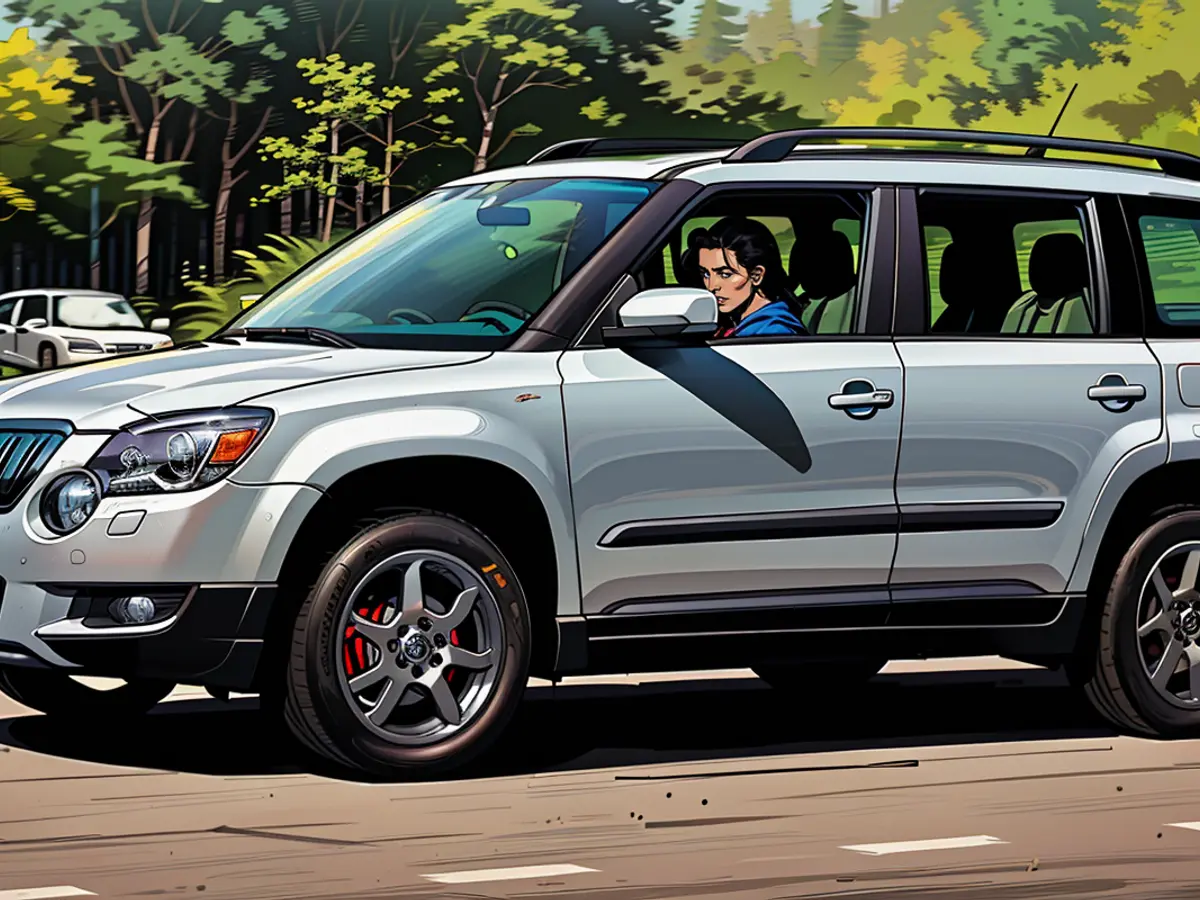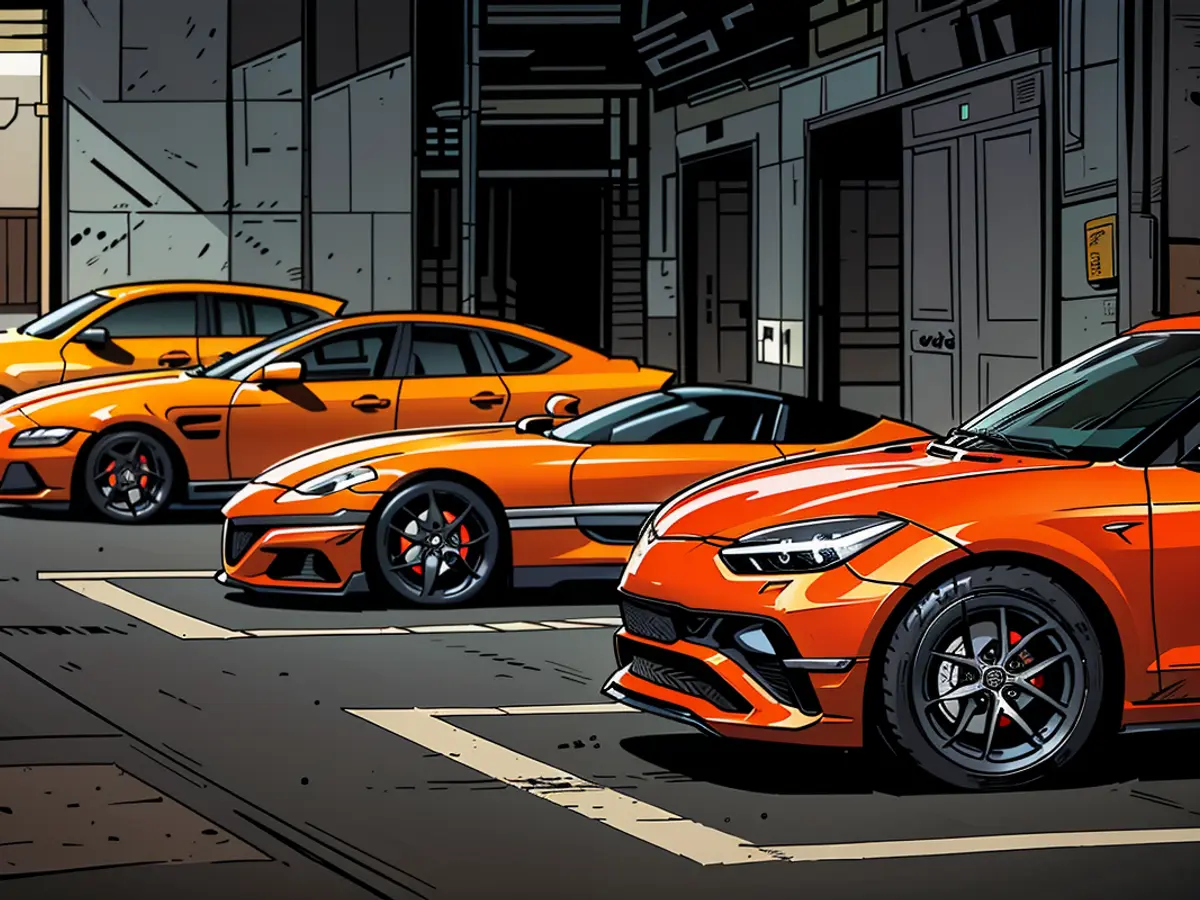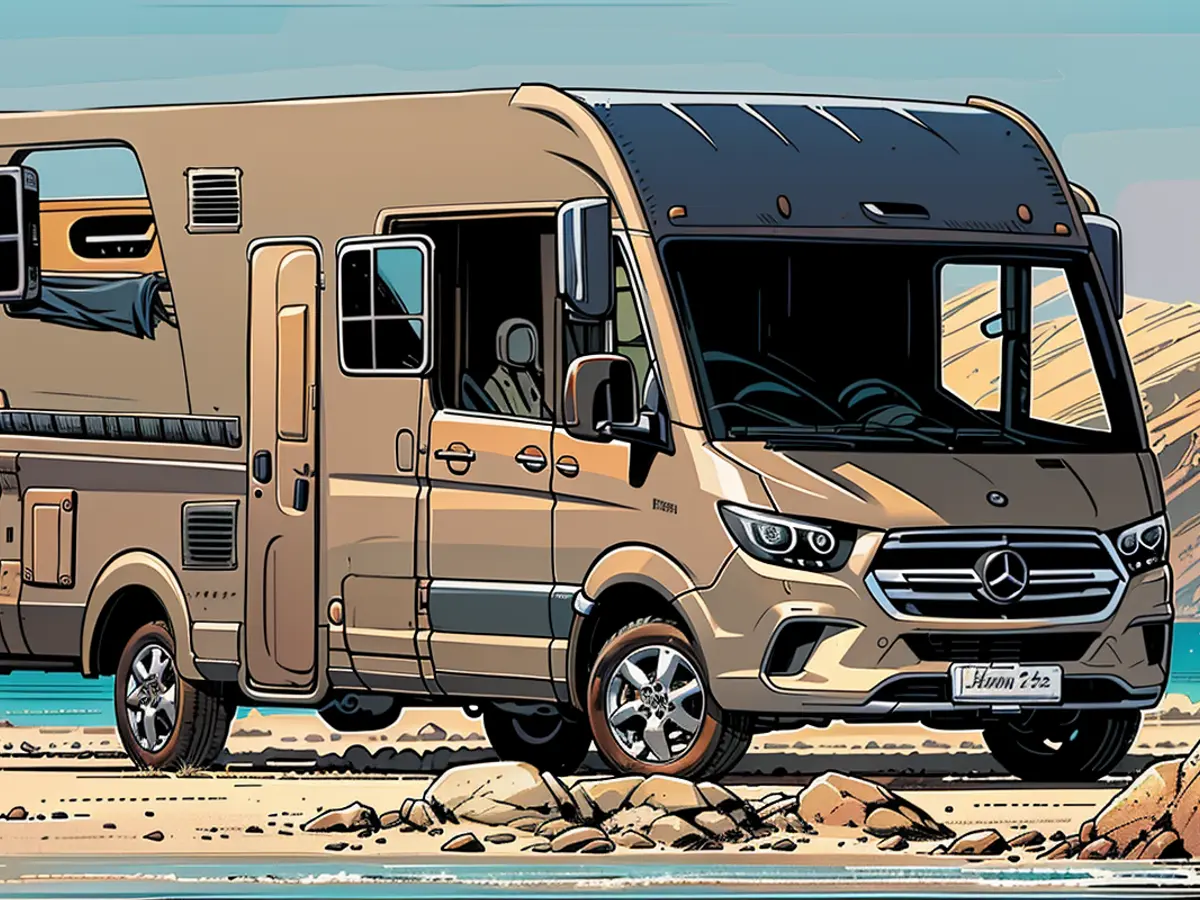Hyundai with a new plant, new luck and prospects of success
The Hyundai car brand has made a remarkable rise over the last few decades. The Koreans started small and were not always present with top products. They also had a different learning style than many Japanese brands.
The fact that Hyundai had no expertise of its own when it started building cars at the end of the 1960s (the company was founded as a construction company) and preferred to rely on the know-how of other specialists is not seen as a flaw by the Koreans. As part of the ceremonial laying of the foundation stone for their future plant in Ulsan for electrically powered vehicles, they confidently show off the old Ford Cortina that made up the first Hyundai offering. It is, of course, a licensed model. And in the early 1970s, Hyundai brought George Turnbull, the former head of the British car company Leyland, on board in order to be optimally equipped for the later sale of vehicles developed in-house.
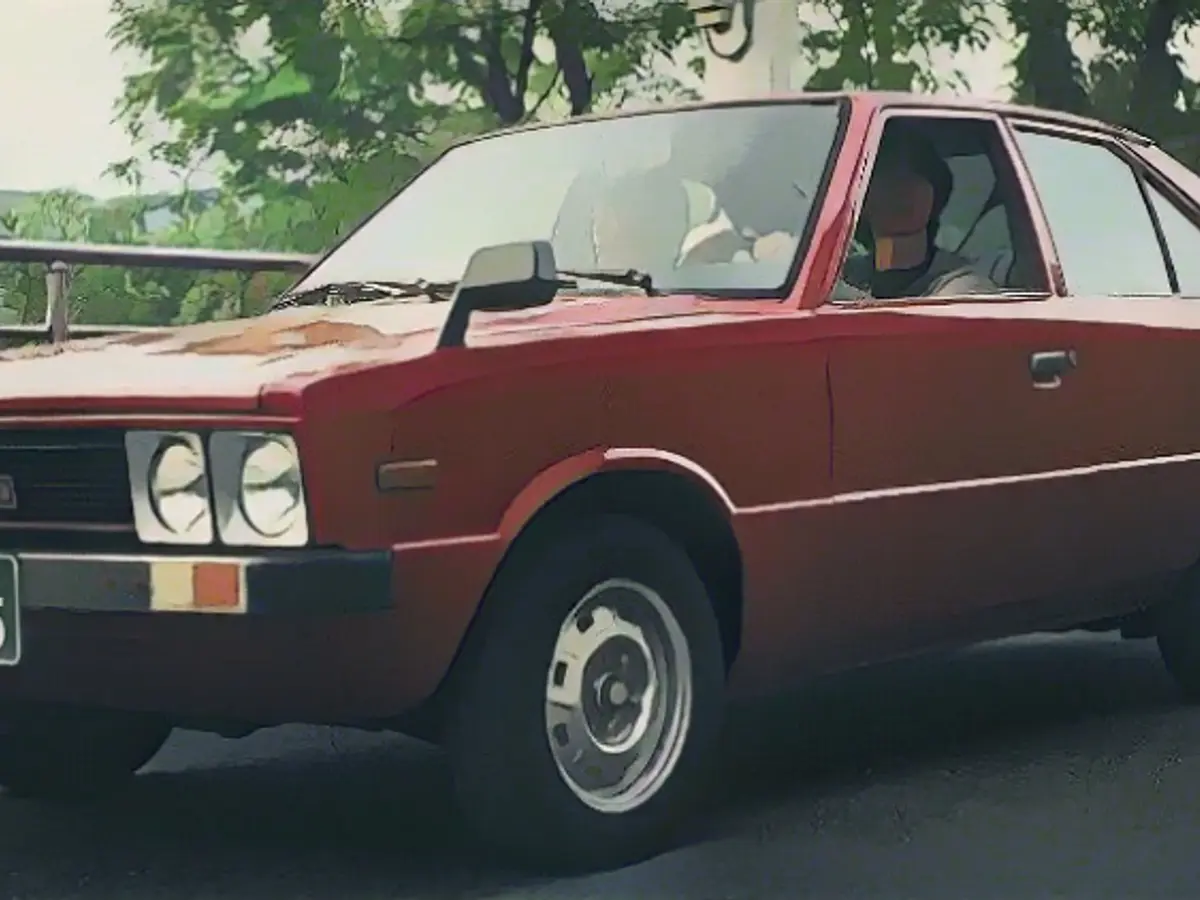
But first a leap in time to 1991: for us Germans, the Hyundai story begins exactly one year after reunification with a Hyundai S Coupé, which in turn was based on an older Pony. Do the names still ring a bell? Hyundai products quickly gained visibility - as early as 1993, the eager sales staff managed to sell 30,000 vehicles in Germany, capturing one percent of the entire domestic car market. However, anyone familiar with Hyundai products from the nineties and even the noughties knows that sales must have been based solely on price. A song-like finish and crudely carved design language, but low prices - these were the attributes of the brand for a long time.
You might think Hyundai was a German brand
But Hyundai has evolved. And unlike the bosses of many Japanese brands, the Koreans quickly realized that you also have to be European to be successful in Europe. Hyundai managers never had a problem with buying in expertise from external professionals from well-performing competitor companies (preferably from abroad). In the mid-2000s, ex-BMW designer Thomas Bürkle was brought on board to give Hyundai an independent and, above all, consistent design. Volkswagen designer Peter Schreyer has also been working for Hyundai for a similar length of time. And the Belgian Luc Donckerwolke, formerly a designer for various Volkswagen brands, has also been involved for eight years.
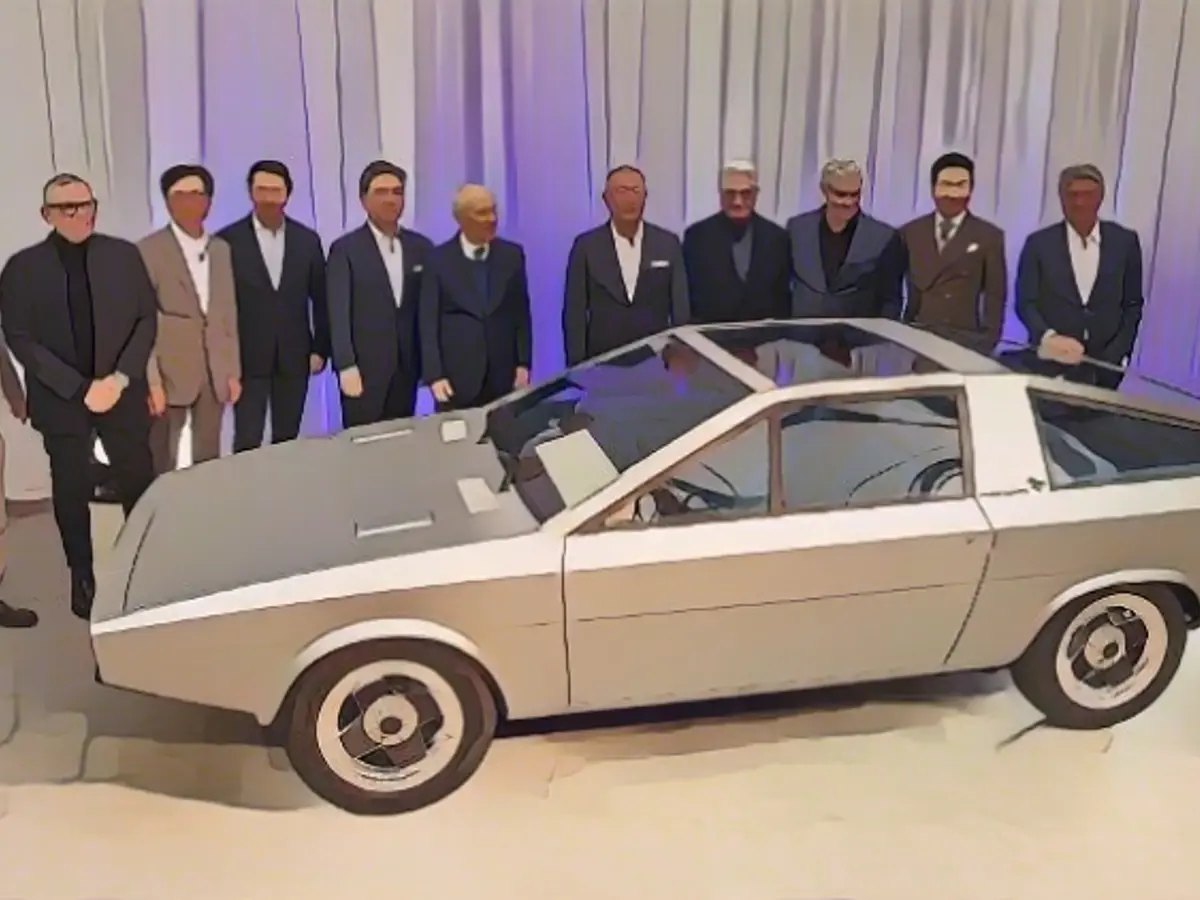
And Hyundai has also recruited only the best experts for the technical part. With technology boss Albert Biermann, another former BMW man is at the helm of the Korean car company. And one who, as head of development at BMW-M-GmbH, must know how to build emotional and performance cars. You could almost think Hyundai is a German brand. Not only because of the team, but also because of the accurate workmanship of modern Hyundai products.
But Hyundai is no stranger to learning from the best. The Pony Coupé Concept presented at the Turin Motor Show in 1974 was created by none other than designer Giorgetto Giugiaro. The two-door concept does indeed look breathtaking. From the perspective of the time, the study must have looked extremely forward-looking. This applies not only to the design of the outer skin. Inside, the Pony, which was unfortunately never built in this form, fascinates with mechanical digital displays; the single-spoke steering wheel is reminiscent of the legendary "goddess", the Citroën DS. At that time, Hyundai had not yet had the expertise and resources to produce a car that car enthusiasts might have expected in view of this study.
The first Pony was neat, but not good enough for Germany

However, the production Pony with its hatchback was certainly a smart car. And the technology came from the Mitsubishi Group. Those responsible tried it early on the European continent. However, in grateful markets and not in Germany, where the population naturally tends to buy domestic brands and is demanding. From 1978, Hyundai products were available in the Benelux countries, Greece and Spain.
Today, the Hyundai brand is established in Europe and has a market share of around four percent in Germany. Why not more, you might ask. Because the market environment is difficult - even within the import brand environment. After all, Chinese brands, for example, are now forcing their way onto the market, chasing customers with cheap offers. And the traditional Japanese, much longer established in this country, must be happy with three percent.
Hyundai is no longer a "development" brand
Hyundai has long since overcome its status as a "development" brand. Nowadays, the manufacturer is dredging up quality and technology. This is clear in the field of electromobility. The Group, which also includes Genesis and Kia, is currently the only player to offer mid-range battery electric vehicles with 800-volt architecture. This definitely gives the Koreans a product advantage. And the products of the sporty spearhead are also ambitious. This can be seen in the drive technology, for example. Particularly powerful engines in the top models of the Genesis GV60, Hyundai Ioniq 5 and Kia EV6, for example, allow top speeds of up to 260 km/h - otherwise only possible in the premium segment here.
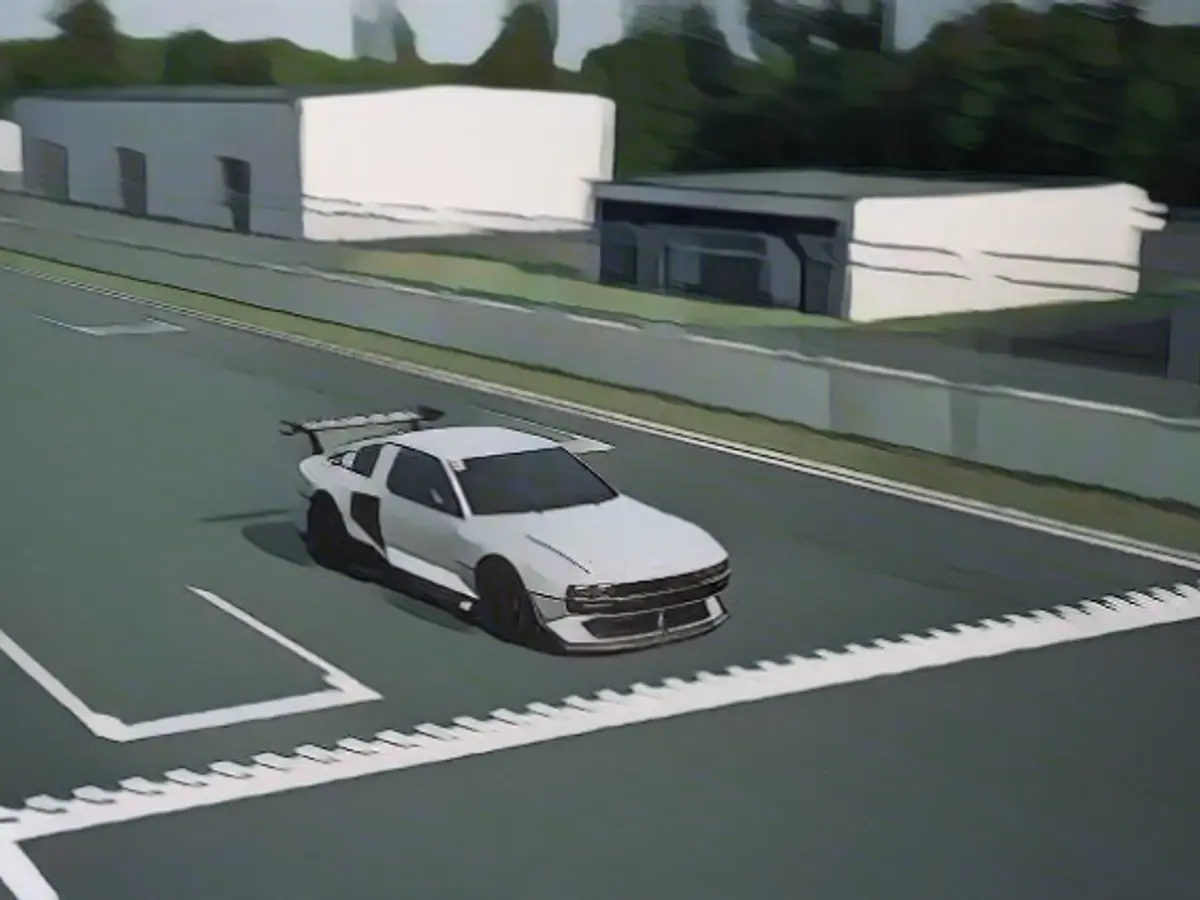
And now the Koreans are about to open their new plant for electrically powered vehicles, which will have the capacity to produce 200,000 units a year from 2026.
To underline how ambitiously Hyundai is courting customers, the designers have once again pulled the Concept N Vision 74 from 2022 out of the moth box. Like Giorgetto Giuguaro, designer SangYup Lee took the time to answer any questions personally.

Are there any questions at all? In any case, the design statement of the modern concept speaks for itself. The N Vision 74 closes the circle. The racy sports car with its design borrowings from the Pony Concept at least whets the appetite for a production model derived from it just as much as the Giugiaro study did back then. Today, however, the Hyundai Group has more resources to realize great production cars.
Now, however, there should be more technology transfer towards the lower segments when it comes to electrically powered mobility. How about 800 volts for the compact class too, in order to realize shorter charging times there as well? Let us be surprised. Thanks to the new plant in Ulsan, a potentially high demand for attractive offerings should be manageable.
Despite its humble beginnings as a construction company, Hyundai has significantly evolved in the realm of electromobility. As Korean carmakers continue to innovate, Hyundai's new plant in Ulsan, dedicated to electric vehicles, will have the capacity to produce 200,000 units annually, starting in 2026. This commitment to electromobility positions Hyundai models, such as the Hyundai Ioniq 5, as industry leaders, offering mid-range battery electric vehicles with 800-volt architecture, setting them apart from competitors.
Source: www.ntv.de

